
How you can make the planet a cleaner, greener place in the New Year
When you point a finger at others, the remaining four are still directed at you. If I want the world to make an effort to protect the environment, the greater responsibility still lies with me

When you point a finger at others, the remaining four are still directed at you. If you want the world to make an effort to protect the environment, the greater responsibility still lies with you. Climate change or global warming is real and the world is already feeling the heat. While the Paris Agreement on Climate Change makes it binding for nations to reduce their Greenhouse gas emissions in a time-bound-manner, the onus is on people — who constitute nations — to act and cooperate with their respective governments to help achieve the national targets.
Here is a quick look at what you can do to make this world a better place.
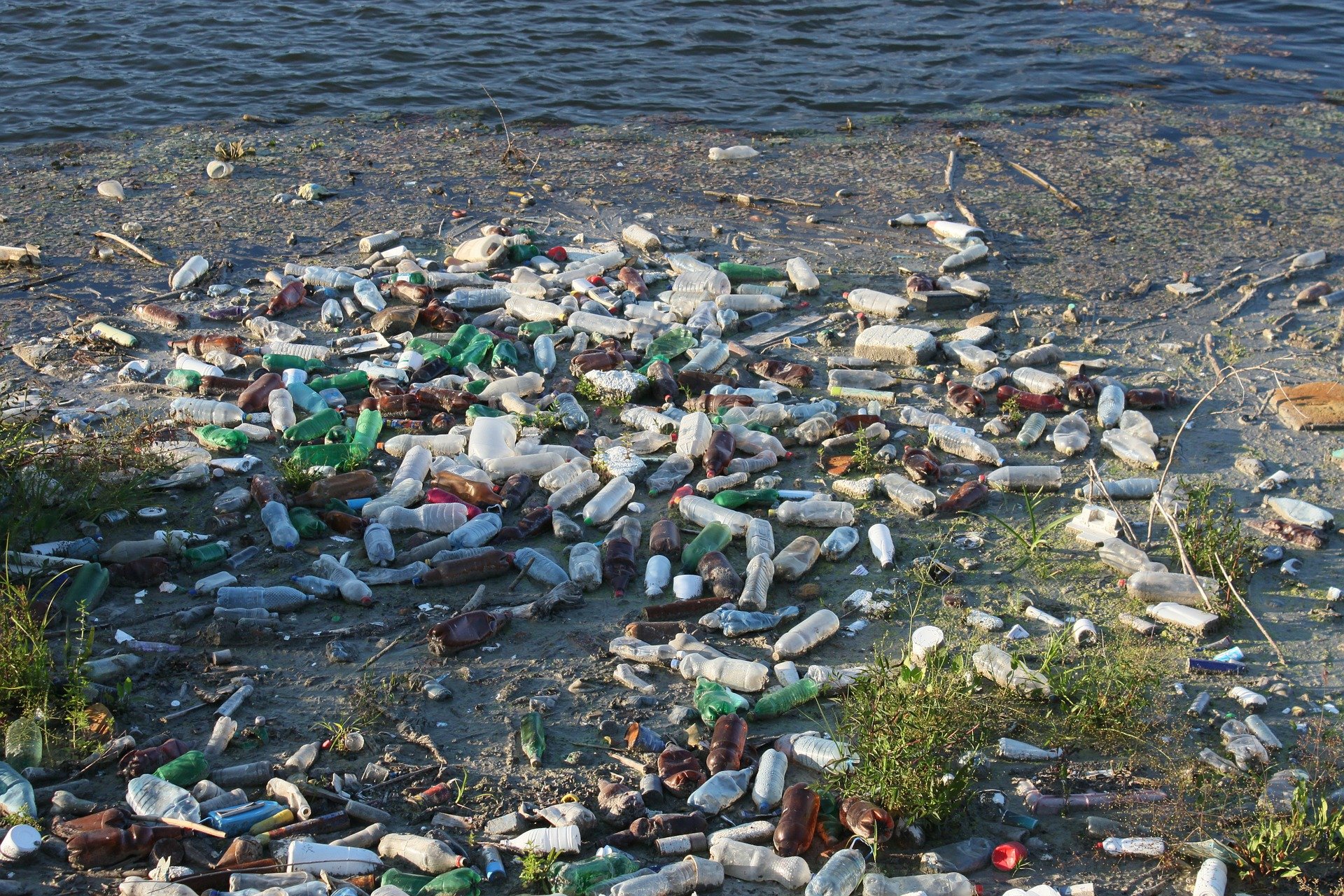
Go toxin-free
The Maharashtra Pollution Control Board did a survey on causes of river pollution in Pune and found that almost 80 per cent of pollutants come from domestic sewage and the rest can be attributed to industry. Among many things, domestic sewage contains high amounts of phosphates, which come directly from our detergents. Phosphates hinder biodegradation of organic substances like plant/animal remains and human faecal matter, which is directly or indirectly released into rivers.
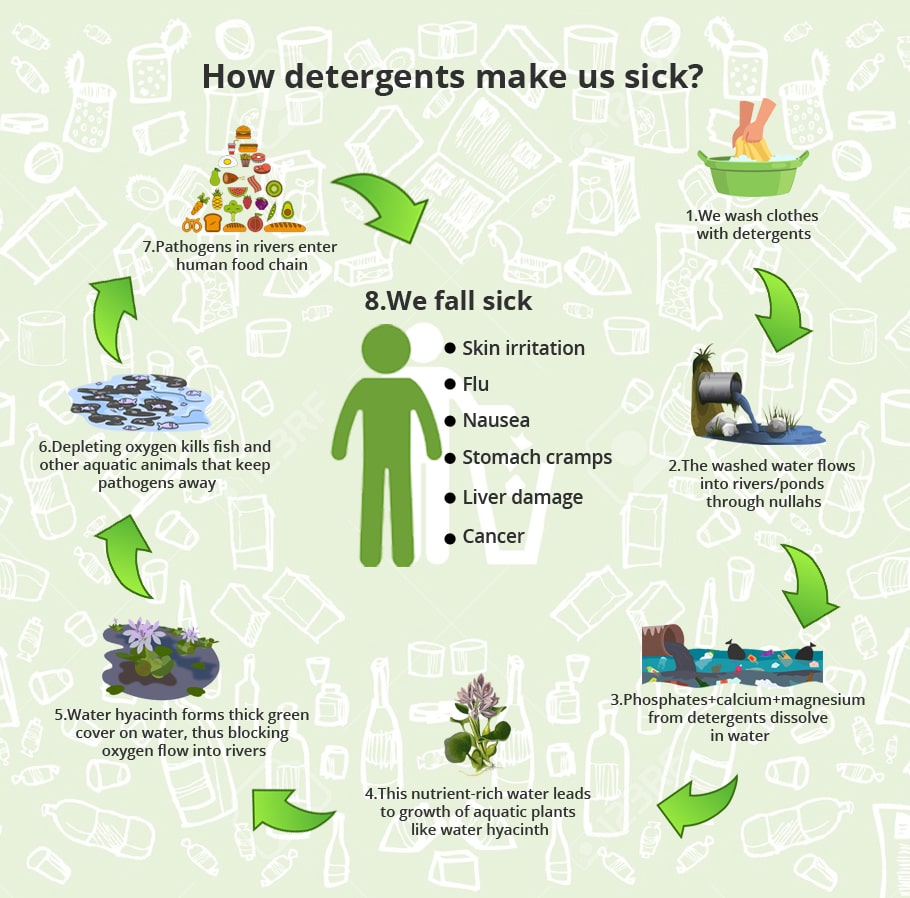
Several day-to-day cosmetics that we use without knowing their impact on our health and environment can be avoided. Google ‘story of cosmetics’ to know more.
Solution
Vinegar (acetic acid) and baking soda can clean your clothes and utensils efficiently without causing any negative impact on the river ecosystem and human health. Ritha and shikakai have been traditionally used in India for cleaning clothes, hair and body. Bio enzymes (actually acetic acid) can be made at home using fruit and vegetable waste. Try them out!
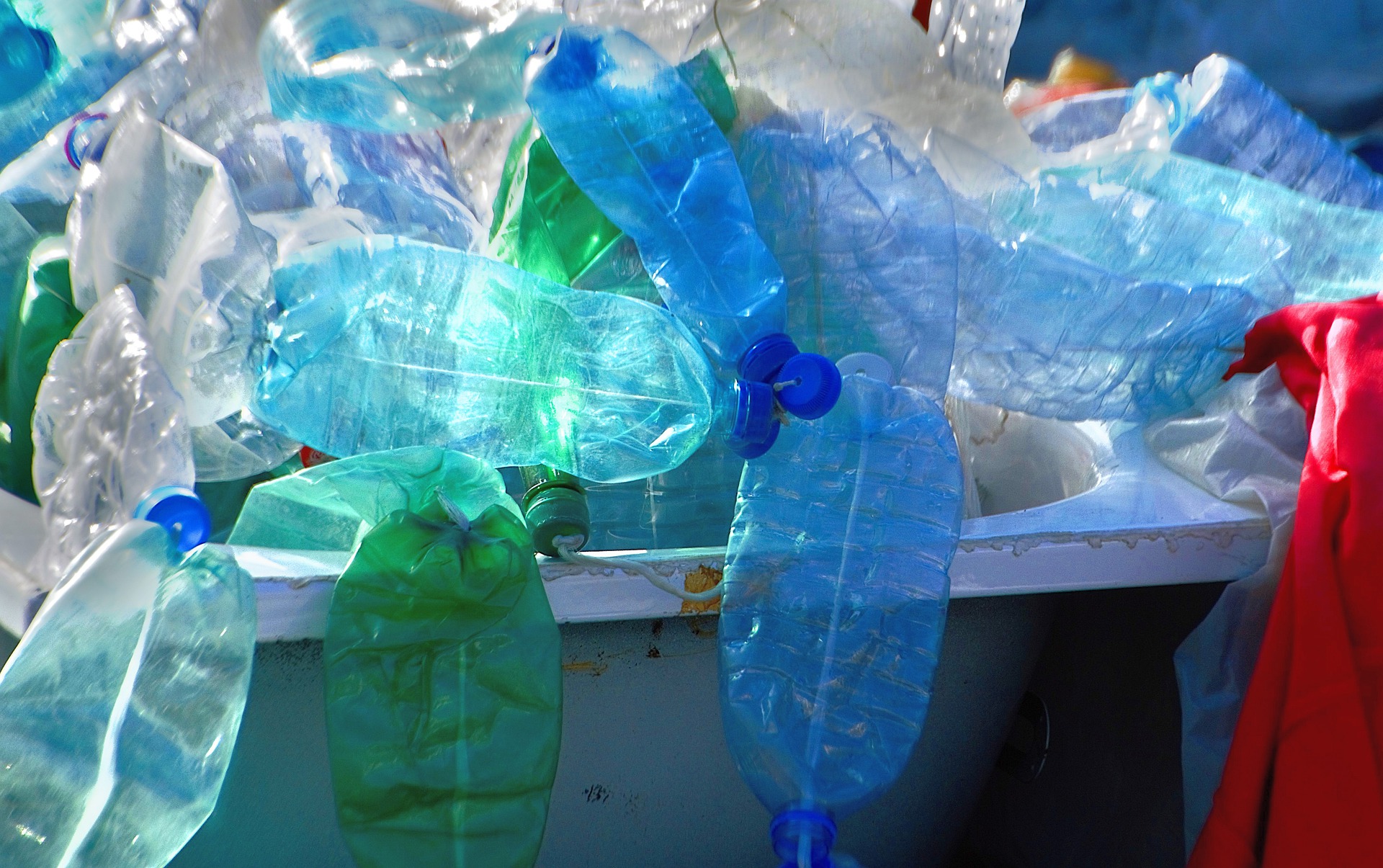
Abandon single-use plastic
We know plastic does not decompose in soil for hundreds of years and makes soil barren and toxic. When plastic is thrown into rivers, it disintegrates into micro plastic and gets consumed by fish and other marine animals. Seafood lovers relish their crabs, shrimps and fish, don’t they? But how does it taste with a dash of polymer in it? The plastic problem we are grappling with today reminds me of Justin Timberlake song: What goes around, goes around, goes around. Comes all the way back around.
Also read: US elections 2020: What it means for climate change?
Solution
Plastic, a crude oil derivative, is one of the finest inventions ever made by humans, primarily because of its utility and convenience of use in every sphere of human activity. Instead of saying NO to plastic in general, we should stop using single-use plastic (which is difficult to recycle) like carry bags and packaging material. Innovators are using plastic bottles to make clothes. While the idea may sound like a good one to take care of our existing plastic waste, in the long run we should stop using single-use plastic completely to save our soil and oceans.
The simple solution lies in following the 4Rs formula: Reject, Reduce, Reuse and Recycle.
Remember! Recycling plastic isn’t an easy solution because it is a very energy-intensive process and also causes air pollution.
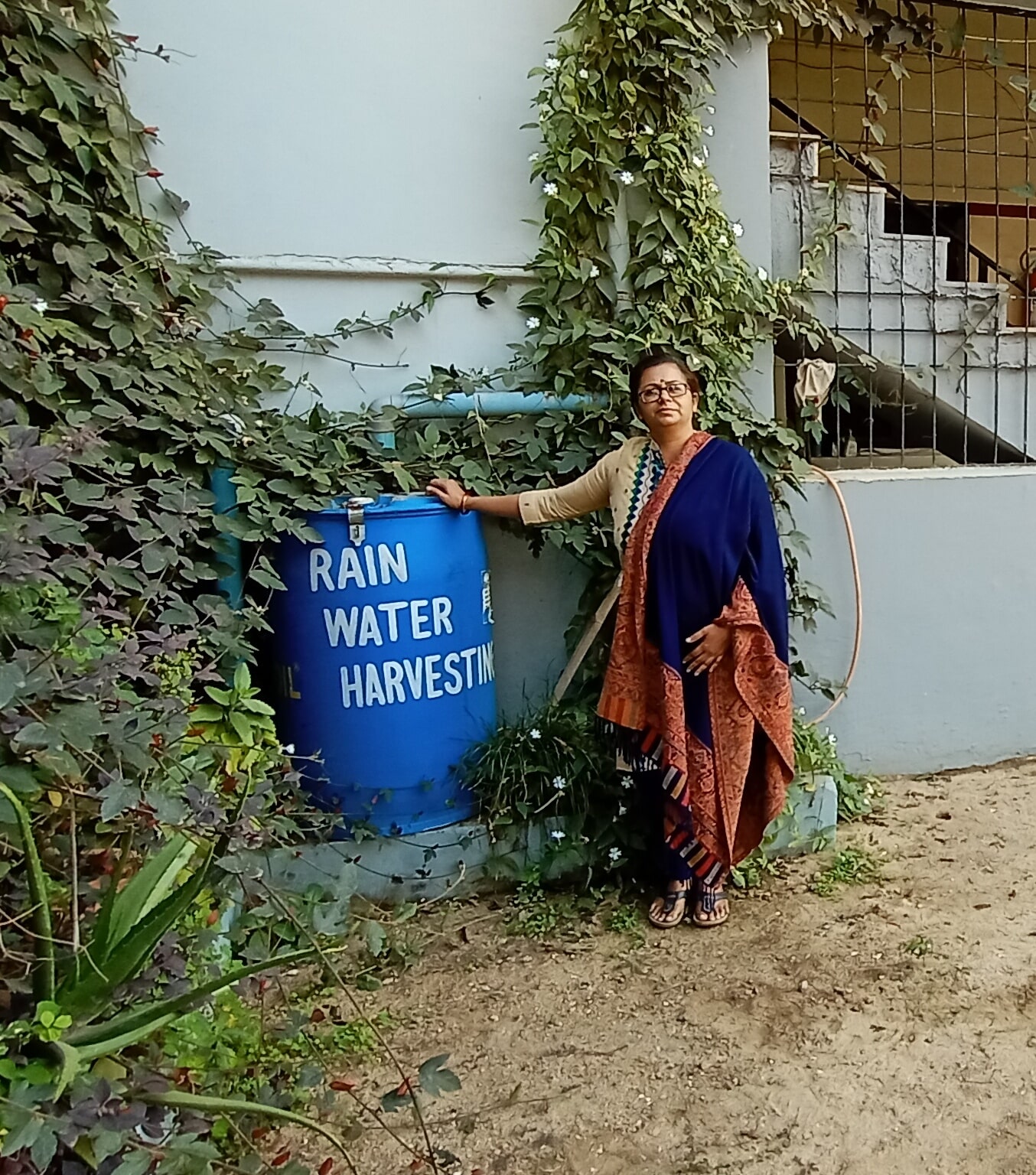
Harvest water, but first conserve it
To say “Save Water, Save Planet” is not enough anymore. There are simple ways by which we can conserve this extremely important commodity at home:
- Each toilet flush throws out 15-20 litres of fresh water into the sewage – about 25% of our daily water use! Reject flush toilets, switch to Indian made. If that is not possible, place a one/two litre bottle filled with water in the flush tank. Surface displacement will push out less water from the tank at every flush.
- Reusing grey water from the kitchen to flush toilets is an excellent idea while switching to dry toilets may win you a nomination to Nobel Peace prize!
- Use of pressure compensation aerators on taps can save up to 6 litres of water per tap per minute. The aerators work best on taps of wash basins and kitchen sinks where running water is used the most. If only 5 lakh people in a city like Pune change this minor plumbing component at home, the municipal corporation will end up saving 60 lakh litres of water per day!
(PS: Pressure compensation aerators are available in the market for just Rs 150 a piece).
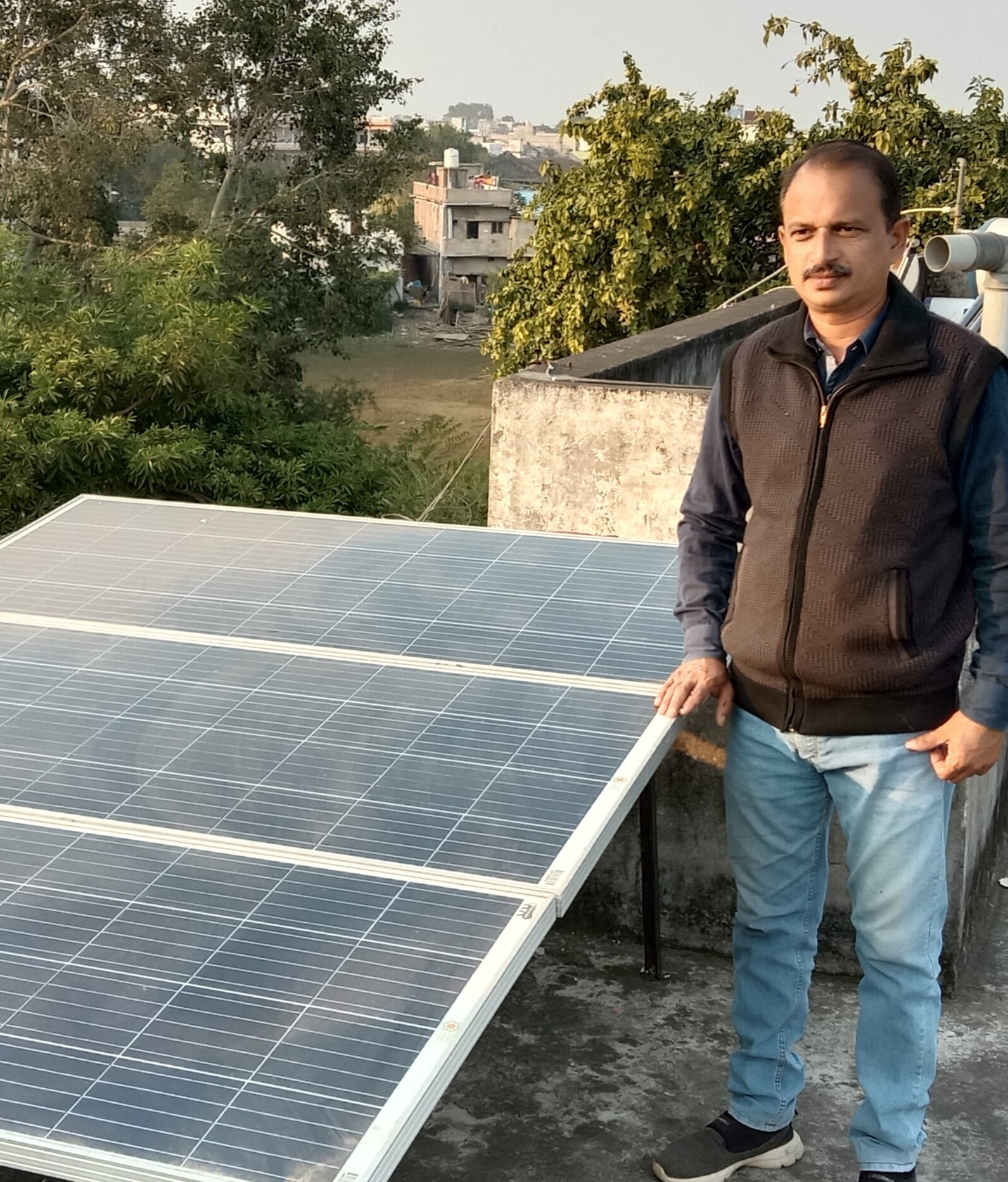
Go solar
Our power requirement is bound to increase every year. About 75% of India’s electricity is generated in coal-based power plants, which are the largest contributors to global warming in terms of CO2 emission. It makes perfect sense for the country to switch to renewable like solar, wind and biomass.
Also read: Conservation outlook of Western Ghats grim, says report
India has set a target to generate about 100GW from solar by 2022, of which 40GW is for rooftop solar panels. India is lagging behind in harnessing rooftop solar energy (only 16GW so far) partially because of a lukewarm response from domestic and commercial electricity consumers to switch to this green energy. High cost of solar panels was a major hindrance, but the costs are coming down gradually. The ministry of new and renewable energy offers up to 30% capital subsidy on implementing rooftop solar panels.
Solution
Harnessing the sun’s energy to cook food (solar cookers), heat water (solar geysers) and meet day to day energy requirements (household electrification) will go a long way in reducing our dependence on coal and on government for unhindered power supply.

Consume less
Rising consumerism has been directly connected to climate change. While a changed and enhanced lifestyle (a direct consequence of improved incomes) can be attributed to growth in a country’s wealth (GDP growth), flagrant consumption has only put more strain on the world’s limited natural resources.
According to Global Footprint Network, four Earths would be needed if everyone consumed like a US citizen; 5.1 Earths for average Kuwaiti; 4.8 for Australian and just 0.7 Earths would be required if everyone lives like an average Indian. So it is time we value frugality which is ingrained in our culture and ethos. Let’s celebrate the prudence of people like Srikanth Ranganayakulu G, Rob Greenfield and Jon Jandai instead of envying the richness of Jeff Bezos, Bill Gates and our own Mukesh Ambani- Gautam Adani et al.
Solution
E-commerce has given a tremendous boost to binge shopping. One good way to keep a tab on piling up useless goods at home is to delay your purchase by a week (do not add the product to your shopping cart). If you still remember what you wanted to buy after seven days then that thing is really important to you and you should go for it.

